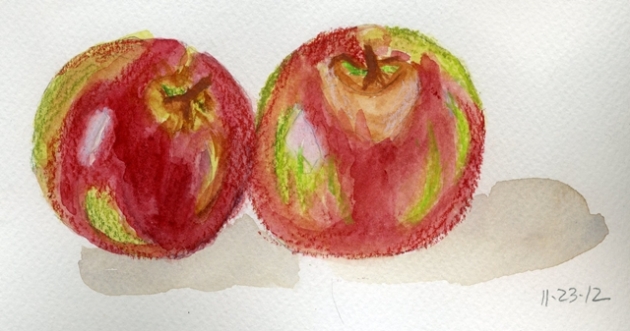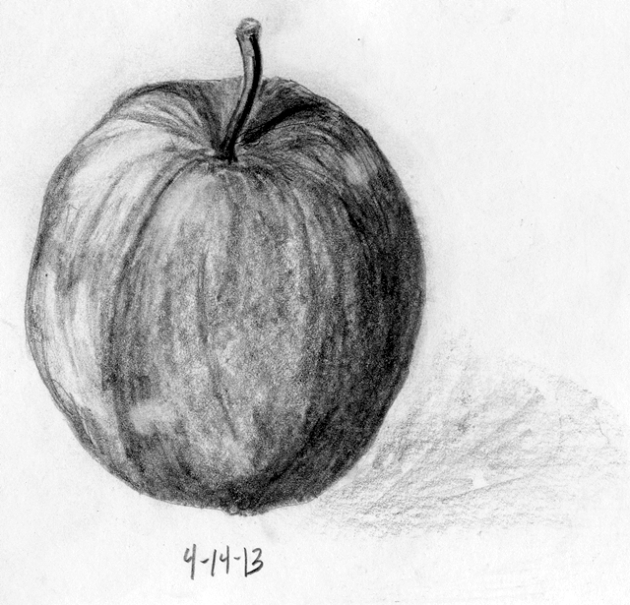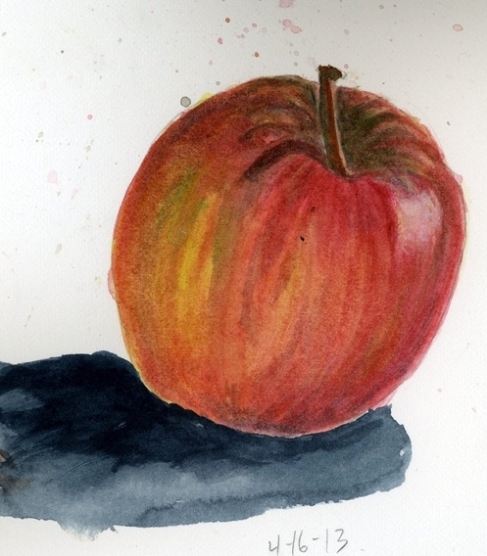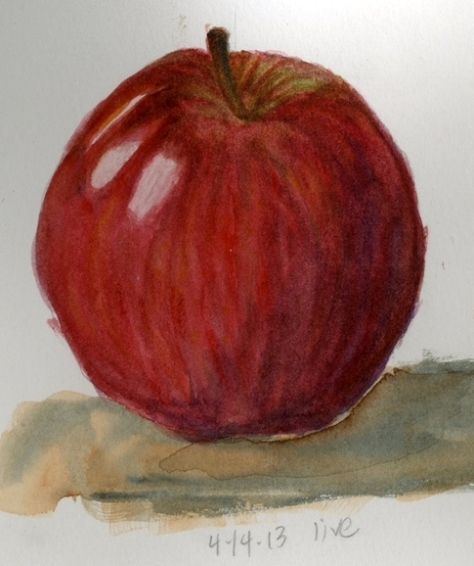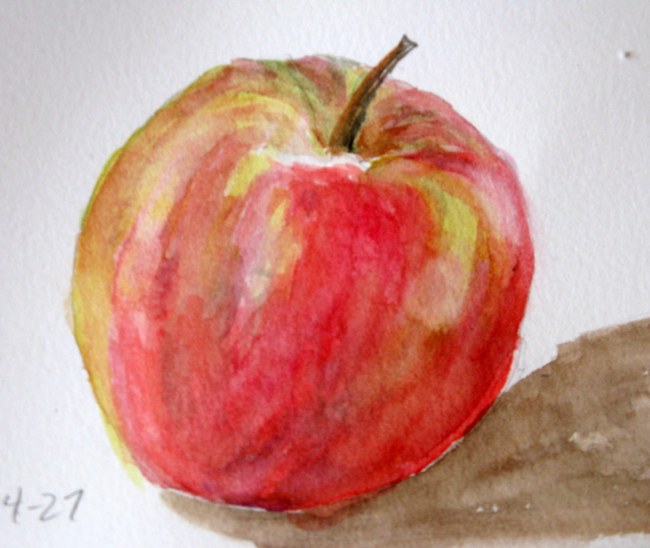I have to admit that the story of the Three Billy Goats Gruff provoked a lot of anxiety in me when I was little. Number one, a couple of those goats betrayed their siblings – “Don’t eat me; if you wait, you can eat my meatier brother,” they said, which smacked of murder and cowardice and tragedy to me. Number two, it was about goats, and goats are strange. Never completely domesticated, they are head-butters with horns, devil-like and beady-eyed. I heard they ate tin cans. Tin cans? What eats tin cans? I heard Bill Grogan’s goat could cough up the shirts he ate and flag down a train. Strange and wonderful and terrible things, goats. Cute, yet not cute. If they didn’t really exist and you created them for a work of fiction, people would praise you for your crazy imagination.
In that story about the three goats, there was also something else that was strange – the word “gruff” – which made my throat itch and eyes water when I heard it. I had no idea at the time what it meant, but I could imagine: It was something akin to “rough,” but front-loaded with a hard “g” to make it even rougher. Grrrrrr-uff. Wild. Undomesticated. Bearish. Goatish.
And there was another weird word /weird thing about that story: a troll. “Troll” was a word I associated with my dad and grandfather when they went fishing out on Elger Bay, in Puget Sound – and I vaguely understood it to mean fishing while drifting along in a small boat with a sputtering motor, and hoping to catch something wonderful for dinner. The word “troll” in the folktale worried me – it was a creature I imagined could (and would, I had no doubt) pull me over the side of a bridge one day, catch me and eat me for dinner.
Troll, growl, gruff, grrrrr – all those r’s rolling around. R’s like those in the word “terrible” and “horrible.” Is it possible that words themselves are powerful enough to be scary?
I don’t remember being a scaredy-cat, but now that I’m an adult I have a good long list of things that scared me when I was a kid. “Trip, trap, trip, trap, trip, trap” sent me down a long & winding road where I fell asleep imagining what might be under bridges other than water. Having an active imagination sometimes serves us well as writers, but sometimes torments us as children. Sendak was tormented by his imagination, so maybe it’s not a completely bad thing, torment.
A real bridge with no goats trip-trapping over it (and no trolls – only water – under it) fell into a river north of Seattle the other day. The superstructure buckled when an extra-wide load on a big truck clipped it, and somehow the roadway underneath it – all four lanes – simply pancaked into the river with several cars on it. It made local news first, then quickly state news and national news, and then friends of ours called from Australia to ask if everyone we knew was okay. Miraculously, there were no serious injuries, but this bridge constituted a section of the main north-south freeway which runs from the Canadian border to Mexico, with no stops other than during occasional traffic jams in L.A., San Francisco, Portland and Seattle. 71,000 cars and truck pass over that bridge every day. I travel across it whenever I visit my mother in Bellingham. I crossed it twice last week, the last time just two days before it collapsed.
Imagine at 70 mph – the roadway simply falls out from underneath you. You are maybe glancing at the frigid river just before it happens – the Skagit River, running strong with a late-spring snow-melt from the Cascade Mountains to the east. Maybe you’re thinking the river looks high, you’re thinking it might flood soon…or maybe you’re looking out toward the tulip fields of the Skagit Valley and imagining the lovely fringe of color around the parrot tulips you bought last year…and suddenly, there is no road beneath you.
The imagination – so necessary for writers, so necessary for readers, such an instrument of delight and torture for both children and adults. Sweet tulips, swift rivers, trolls, goats, devils – all trip-trapping through your brain. It’s a wonder you can drive with all that going on in your head. And then suddenly you can’t drive. There’s nothing under the tires.
I’ve been imagining that for days. What would that be like, the first instant you realize the road has disappeared. Right before you fall – the moment of suspension. It’s hard to imagine, but it sounds like a metaphor for some other things that happen in life. I might try to capture it in a poem soon, or it might capture me in a nightmare. Trip-trap-trip-trap. The imagination – can’t sleep peacefully with it, can’t write well without it.




















